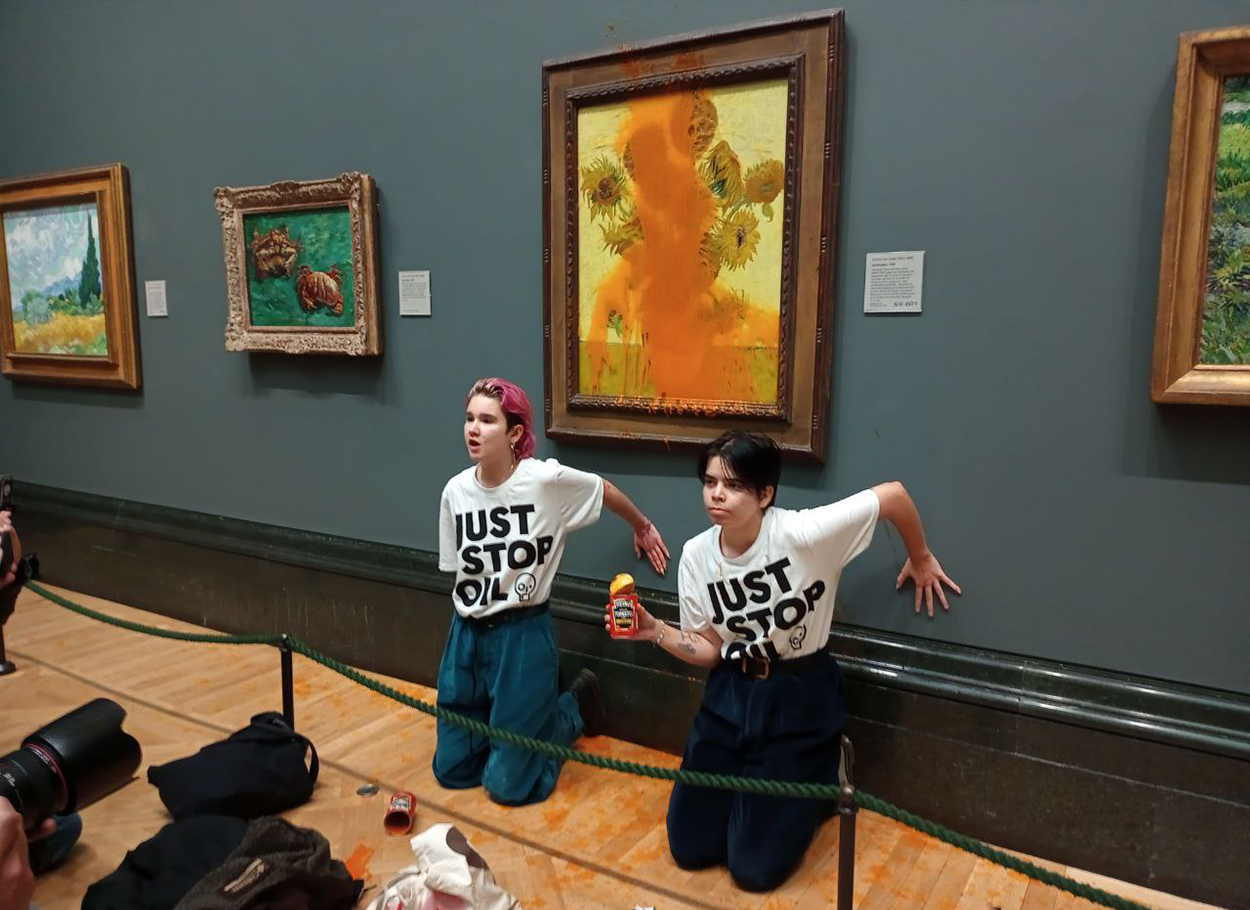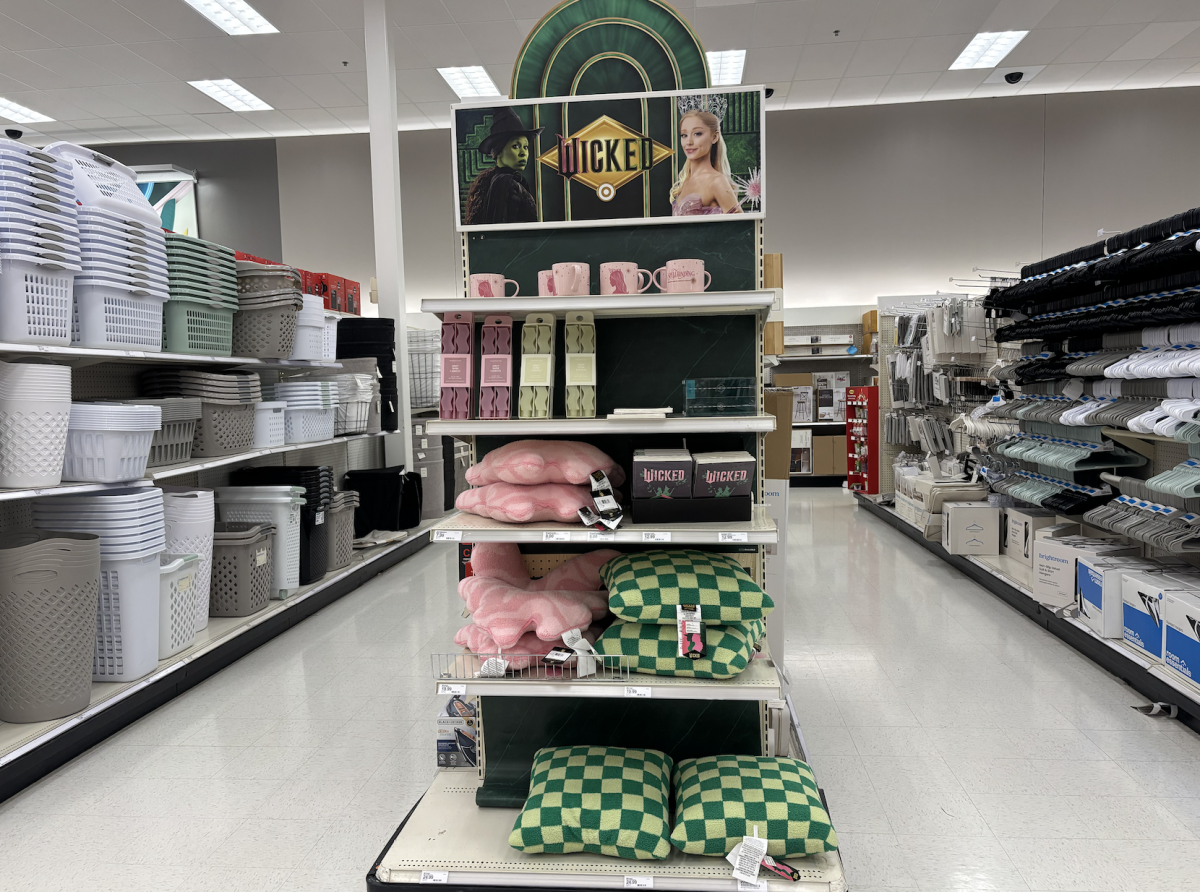Every single day, earth advocacy organizations fight to be noticed and recognized by the public. Sometimes, they must go to the extremes to attract attention to their cause, which can include targeting priceless artifacts. The most recent victim in the public’s gaze is Vincent Van Gogh’s “Sunflowers.”
The destruction of art is unfortunately very common: from handling mishaps to terrible fires, more art gets destroyed than saved. Even when protecting artwork, some pieces will always fall through the cracks. This means that the international treasures that do survive are sacred. Some of our most well-known pieces have recently been targeted by protesting organizations, such as Just Stop Oil.
Just Stop Oil is a British-based organization that is well known to go to extremes to get its message across. Their efforts are both infatuating and distressing. Their most recent shocking action was when three active members threw Heinz tomato soup at Van Gogh’s “Sunflowers.”
Just Stop Oil is very open to the press, and Alex De Koning, a Just Stop Oil spokesperson, answered a few big questions about the protests.
“Sunflowers by Van Gogh is arguably one of the most famous and recognizable sets of paintings in the whole world, so we knew this action would get more media attention this way,” De Konig said. “Soup was chosen to represent the link between the climate crisis and the cost of living crisis.”
The painting was saved by a clear protective screen and went back up later that day. The frame, however, was not so lucky. For some parts of the frame, the soup acted similarly to a paint stripper, which caused about $13 thousand nine hundred ninety U.S. dollars, as of the current exchange rate in damages. While the painting itself was not harmed, it can be disheartening to think what could have happened without the extra barrier of defense.
One would have to argue, however, that the act of vandalism itself was a peaceful performance art. Protest-focused art has always been a powerful driving force in change and this could be considered as just that. While art shouldn’t be used in such a destructive way, it’s much better than doing physical harm. After all, these protests did not cause irreparable damage to anyone. De Konig comments on how much effort is put into staying peaceful.
“Everybody who is considering doing an action has to undergo a full-day of non-violence training first to make sure that we all represent the organization justly,” De Konig said.
While precious art could be damaged, the cause is quite noble. If people are willing to go to jail for their beliefs, it makes people really consider what they are saying. Just Stop Oil focuses on the burning of oil, gas and coal. When aiming to gain the public’s attention, the general message can be lost. To combat this, Just Stop Oil eagerly centers on awareness.
“Attention-grabbing actions like this are necessary,” De Konig said. “Nobody will listen to you if they can’t hear you.”
Good intentions in mind, the potential destruction of art is frowned upon. One thought is on everyone’s mind when viewing the protests; what if the damage is permanent? Losing great art is certainly a risk run. If priceless art is in danger whenever it is displayed, should it be displayed at all?
The world sits and waits with bated breath as they hold onto their art for dear life. While beautiful, each protest can remind us just how fleeting art truly is. With all the excitement, even if attention could be gained, the message could be left in the dust.









